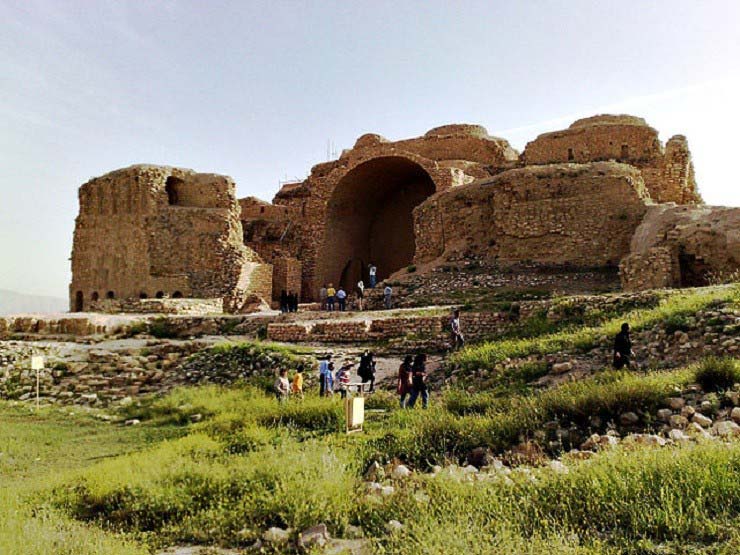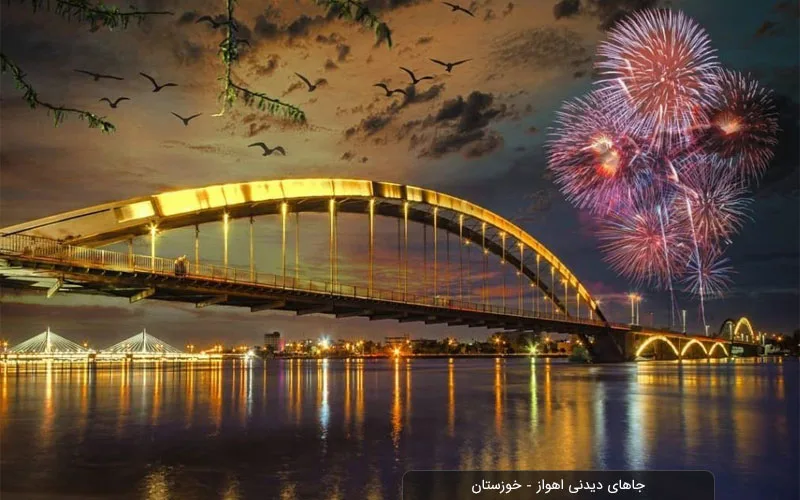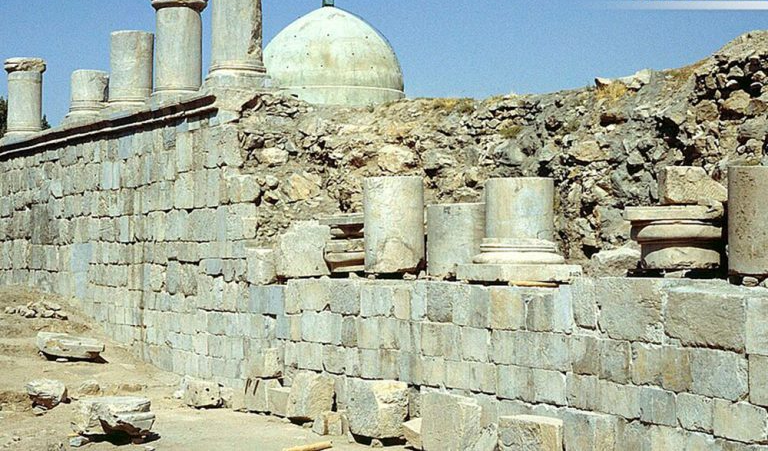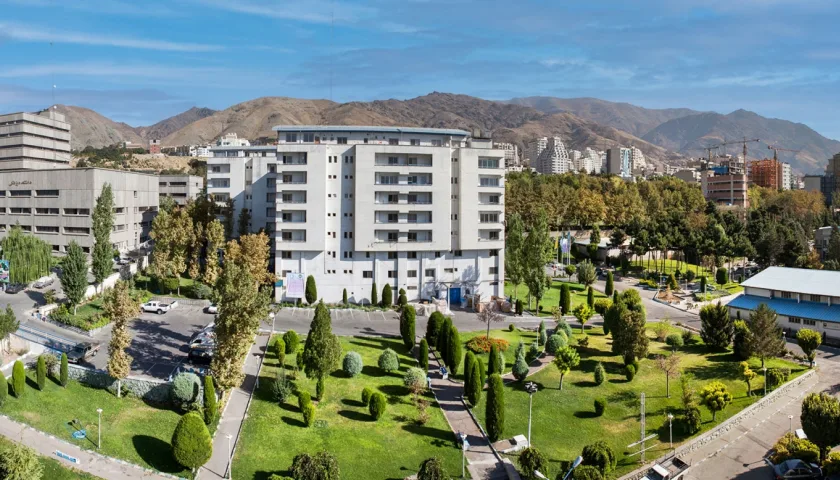Fasa Fars Iran | Tourist Attractions
When people decide to travel, the first options that often come to mind are major tourist cities in Iran, such as Shiraz, Isfahan, Mashhad, Kish, Qeshm, and more. However, Iran has many other charming cities that can offer the best memories to travelers. One of these cities is the beautiful city of Fasa in Fars Province, which boasts historical buildings and natural attractions.
One notable hotel is the JahanGardi Guesthouse located on Shahid Beheshti Boulevard, across from the old terminal. With around 60 years of experience in the hotel industry, JahanGardi Guesthouse is considered one of the reputable hotels in Iran. It underwent reconstruction in 1388 and is situated on a single floor with 10 rooms, approximately 4 kilometers away from Fasa University of Medical Sciences.
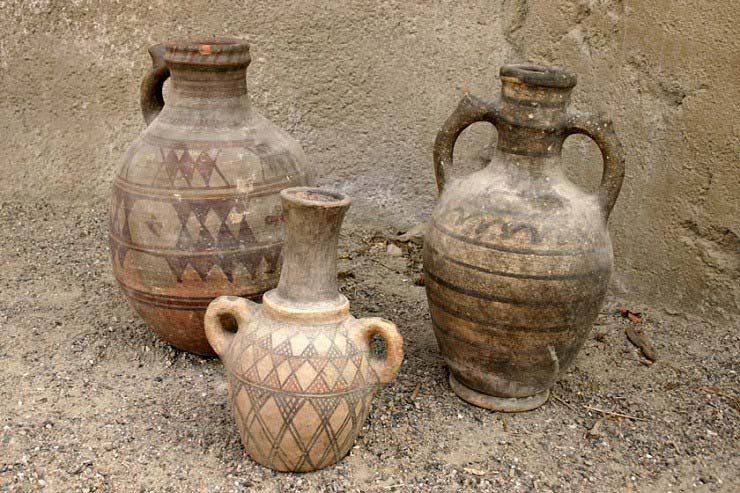
Introduction:
Fasa is a beautiful city in Fars Province, bordered by Shiraz to the north, Jahrom to the west, Darab to the southeast, and Neyriz to the northeast. It is located in a relatively mountainous region, and most of its counties and villages are in elevated areas. Fasa is part of the Zagros mountain range, with notable peaks like Khoraman Mountain, Gach Mountain, Darz Mountain, and Baghi Goliat.
The history of Fasa dates back 7,500 years to the Achaemenid era, as mentioned in golden tablets found in Persepolis. The name “Fasa” appears as “Pashe” or “Bashia” in these tablets. In addition to its historical and religious monuments, Fasa is known for its warm and moderate climate, offering beautiful natural landscapes. Local foods include Yakhni, Tahchin Polo, Shireh Berenj (rice pudding), Bademjan Kebab, Halim Bademjan, Kashk Bademjan, Bademjan Rutaveh, Bademjan Zirebriizeh’i, Ab Peyazak, Ab Mashki, Ab Shalmiz, Kadu Yetimi, and more. Souvenirs from Fasa include Komeh, the famous Fasa bread, and handicrafts such as Malaki rugs, nomadic rugs and carpets, and straw products.
Fasa’s language is Persian, and its dialect has evolved into fluent Persian over time. However, in some villages, Pahlavi words and phrases are still heard.
Historical Background:
There are different opinions about the formation of Fasa. Some sources attribute its establishment to the legendary era of kings (Pishdadians and Kayanians). Ancient artifacts such as axes and hammers found in Fasa date back to the Stone and Third Millennium BCE. Some believe there are significant connections between the ancient artifacts of Fasa and Susa. In the Achaemenid era, Fasa was a thriving and important city. During the Sassanid period, numerous fire temples were built, and after the advent of Islam, it became a significant coin minting center.
Tourist Attractions:
Fasa Observatory:
Fasa has one of the best skies for observing the Milky Way and stars. The Municipal Observatory provides the opportunity for people to observe the beautiful sky.
Natural Attractions:
Mian Jangal Protected Area:
Mian Jangal is a pristine and protected area located 90 kilometers on the Shiraz-Fasa road, in the northwest of Fasa. It is divided into eastern and western parts, with the western part consisting of mountains and foothills, and the eastern part featuring hills, moonlit hills, and relatively small plains. The two main mountain ranges in this area are Mian Jangal Mountain with an elevation of 2,790 meters and Nazarabad Mountain with an elevation of 2,850 meters. Another mountain range, Boreh Mountain, with an elevation of 2,577 meters, extends from the southern end of Nazarabad Mountain, connecting the ends of Nazarabad and Mian Jangal. The valley between these three mountain ranges is known as Qeshqeh Valley (Dark Valley).
Mian Jangal is a mountainous region with a cold semi-arid climate. The average annual rainfall in this area is approximately 352 millimeters, with over 90% occurring in the second half of the year, particularly in December and January.

These natural attractions, along with the rich history and culture of Fasa, make it a unique destination for travelers seeking a diverse and authentic experience.
The Mian Jangal area was declared a prohibited hunting zone for the first time on 28 Khordad 67 (June 17, 1988). Later, due to the presence of valuable plant species diversity, it was designated as a protected area on 27 Bahman 75 (February 15, 1997) with an area of over 56,500 hectares. This region is located to the east and north of the Fasa-Shiraz road, to the west of the Khaneye Khodadad (Khavaran) road leading to Nazarabad and Hosseinabad, and ultimately reaching Momenabad. To the south, it is bordered by Fasa County and Khavaran (Khaneye Khodadad).
Forty Cheshme Recreation Area:
Forty Cheshme is the name of one of the recreational sites in the city of Fasa. This ancient site is located at the foot of the famous Toudj Mountain. The people of Fasa often visit this beautiful recreational area on Nature Day or during the Nowruz holidays. Despite previous droughts and numerous well-diggings that led to the drying of many springs in Fars Province, recent rainfall has revived Forty Cheshme. The water in this spring used to be abundant, attracting many people for swimming. The surrounding area is also rich in indigenous plants.
Toudj Mountain itself is one of the most beautiful elevations in the city of Fasa. In these heights, you can find various mountain almond trees, mountain pistachio trees, arjan trees, baneh trees, aras, and various medicinal plants such as avish and jashir.
Historical Attractions:
Jameh Mosque of Fasa:
The Jameh Mosque of Fasa, located on Imam Khomeini Street, behind the Central Bank, in Jameh Mosque Alley, belongs to the Qajar era and has been registered as a national monument in Iran with a history of approximately 800 years. This mosque is away from the market and is located next to the Fasa cemetery. Today, only part of it remains, which is the remnants of its shabestan (prayer hall).
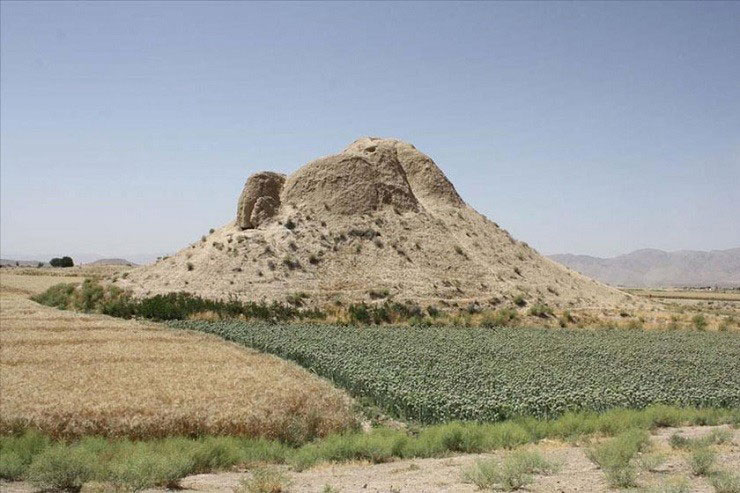
Naghareh Khaneh Mansion (Mohammadi Mansion):
Naghareh Khaneh in Fasa, situated on Imam Khomeini Street, North Bazaar, across from Sepah Bank, next to Mellat Bank, dates back to the late Qajar period (early Pahlavi era). The mansion is adorned with tiles featuring the images of past kings. The decorations used in this building evoke a sense of aesthetic pleasure in any observer. This mansion, commissioned by Haji Abdulwahab and Haji Mirza Mansour Shirazi, was used to inform the people of important news of the day through playing musical instruments and naghareh (drum) beating.
Tall Zohak:
Tall Zohak is located about three kilometers south of the city of Fasa. This mound, about twenty-five meters high, appears as an earthen hill. Tall Zohak was formed as a result of the destruction of clay and mud buildings during ancient times. Various opinions about its history exist, with some believing there was once a palace atop this mound. Others refer to it as the city of Cyrus the Great and believe it was the capital of the Achaemenids. What is undeniable is that this mound is a very ancient and archaeological site that attracts the attention of historians and archaeologists.
Tall Nakhodi:
Tall Nakhodi is another ancient artifact existing in the Fasa County, dating back to ancient times. This artifact is located in the Pasargad County, Mobarakeh Abad district, in the western part of Pasargad. It was registered as a national monument in Iran in 2003.
Qamp Fire Temple:
In the twenty-kilometer north of Fasa, next to a small lake, remnants from the Sasanian period have been preserved, among which a fire temple is visible with its collapsed roof. The locals call this small lake “Qamp” in the local dialect. The inhabitants of the region identify this fire temple as the sanctuary and attribute it to Tahmores, the Pishdadian king. Alongside the fire temple, there are also remnants of a city from the Sasanian period. Among them is a stone called “Salman Stone,” measuring 2 meters in length and half a meter in width, with engraved diagonal lines. Some believe it is related to the gate of the city of Fasa during the Sasanian era. There are also sacred trees called “MURD,” which are a type of sacred tree for Zoroastrians. These trees, although located in the agricultural lands of peasants, are not allowed to be cut down from the root. This site was registered as a national monument in Iran on February 29, 1937.
Historical Villages:
Among the oldest villages in Fasa, mention can be made of Kachuyie and Ghiyasabad. In the central part, Kushk Ghazi is one of the notable villages, located southeast of Fasa, with historical areas like Tall Nakhodi and Rahmatabad Castle on its outskirts, near the mountainous area.
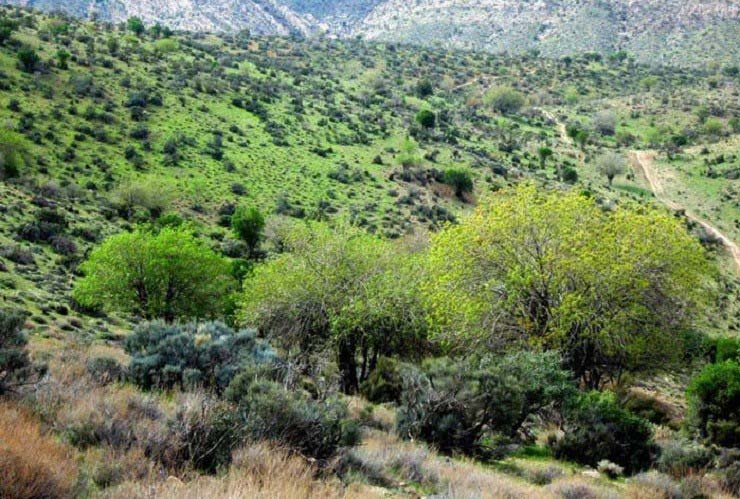
Religious Attractions:
Astan-e Shahzadeh Qasem:
Shahzadeh Qasem, a descendant of Imam Ali and brother of Imam Aqil, is considered by the people as a cultural and religious site for the lovers of Ahl al-Bayt. This place, located in Shahzadeh Qasem Square in the center of Fasa, includes facilities such as a library, a Quran house, and a cultural center. Weekly programs, including Nudbah supplication, Quran recitation ceremonies with prominent reciters from Fasa, sermons by the prayer leader, as well as celebrations and mourning ceremonies, are held there.
Imamzadeh Zahed Kabir Shrine:
Prince Ibrahim, known as Zahed Kabir, was the son of Imam Musa al-Kadhim and played a leading role in preaching Islam in regions such as Fasa, Neyriz, Estahban, and Darab. His shrine is one of the historical and religious structures dating back to the eighth century AH and the Mongol rule. This shrine, located 20 kilometers north of Fasa on the northern entrance of Zahedshahr, was registered as a national monument in Iran on March 15, 2000.
Imamzadeh Hasan (AS) Shrine:
Imamzadeh Hasan, a descendant of Imam Musa ibn Jafar and a relative of Imam Javad, passed away in the year 1030 AH in Fasa. According to some rulers of Fasa during the Hajjaj period, they were leaders, and their people called them “Shahzadeh” (prince). Their shrine is located 35 kilometers from the Fasa-Shiraz road.
Seyed Shams al-Din Shrine:
Seyed Shams al-Din is one of the sacred Imamzadehs in Fars Province, and his shrine, with a turquoise-colored dome, is visible on the Darab road. This building dates back to the Safavid era and has undergone several renovations over the years to reach its present form.
Other Attractions in Fasa:
Fasa is a beautiful city with numerous historical, religious, and natural attractions. Here are some other attractions that were not covered in the previous sections:
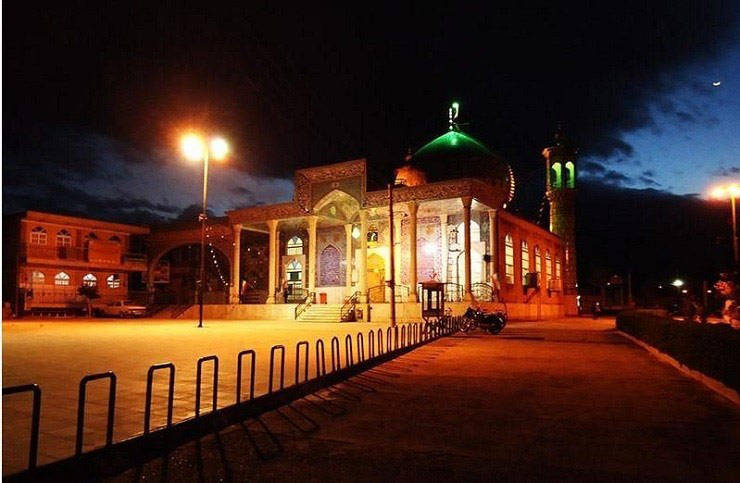
Historical Village of Khornagan (Kharanj)
Forty Springs Village
Urban relics dating back to the Sasanian era near the Tang-e Kerm village, located 15 kilometers from Fasa, known as the city of Azbara.
Naalki Hill near the Jalian village in the Noubandegan district, featuring prehistoric graves.
Gorbeh Baygan area and the artificial Koosar forest covering an area of one thousand and five hundred hectares in the Shibe Kooh section.
Imamzadeh Ismaeil Shrine
Shah Abu al-Fath Shrine
Azadi Recreational Park
Goliyan Area
Ancient Koozeh Garkhaneh (Vasela Abad) region
Imamzadeh Shahidan Tourist Area
Historical Village of Amir Hajiloo
Imamzadeh Sheikh Saleh, the grandson of Imam Hasan (AS), located in the Ghiyasabad village.
Historical and civilized artifacts in the city of Tirun (Zahed Shahrakani)

